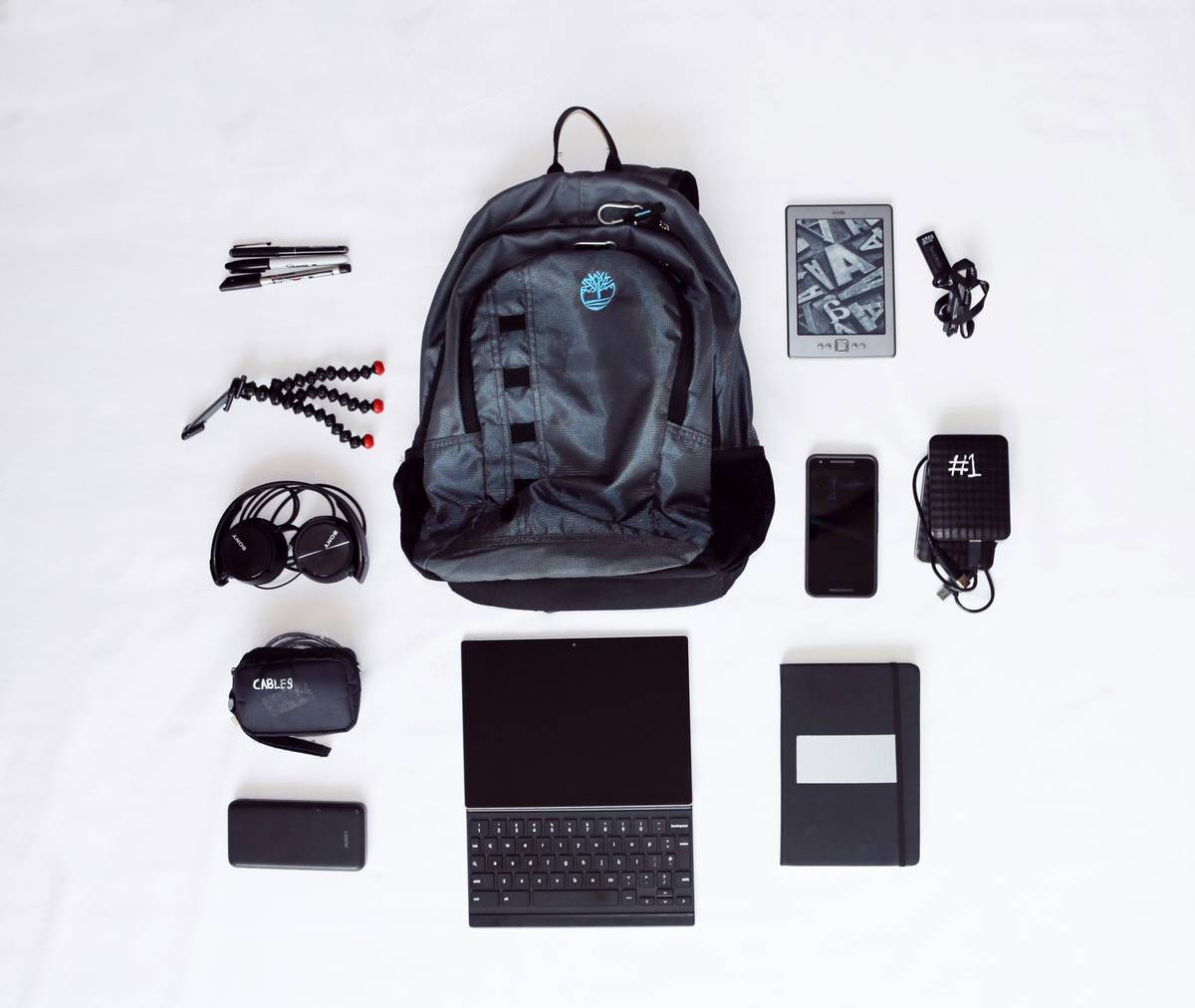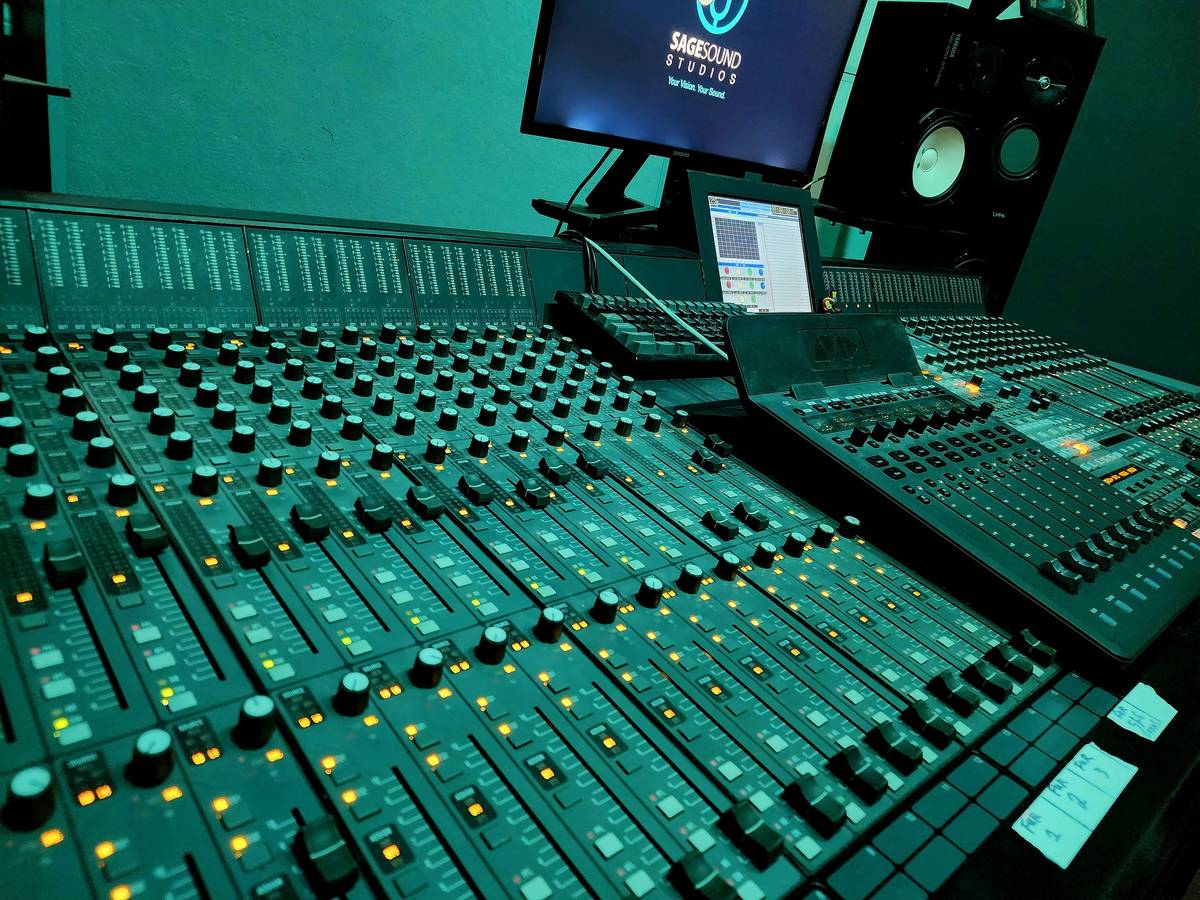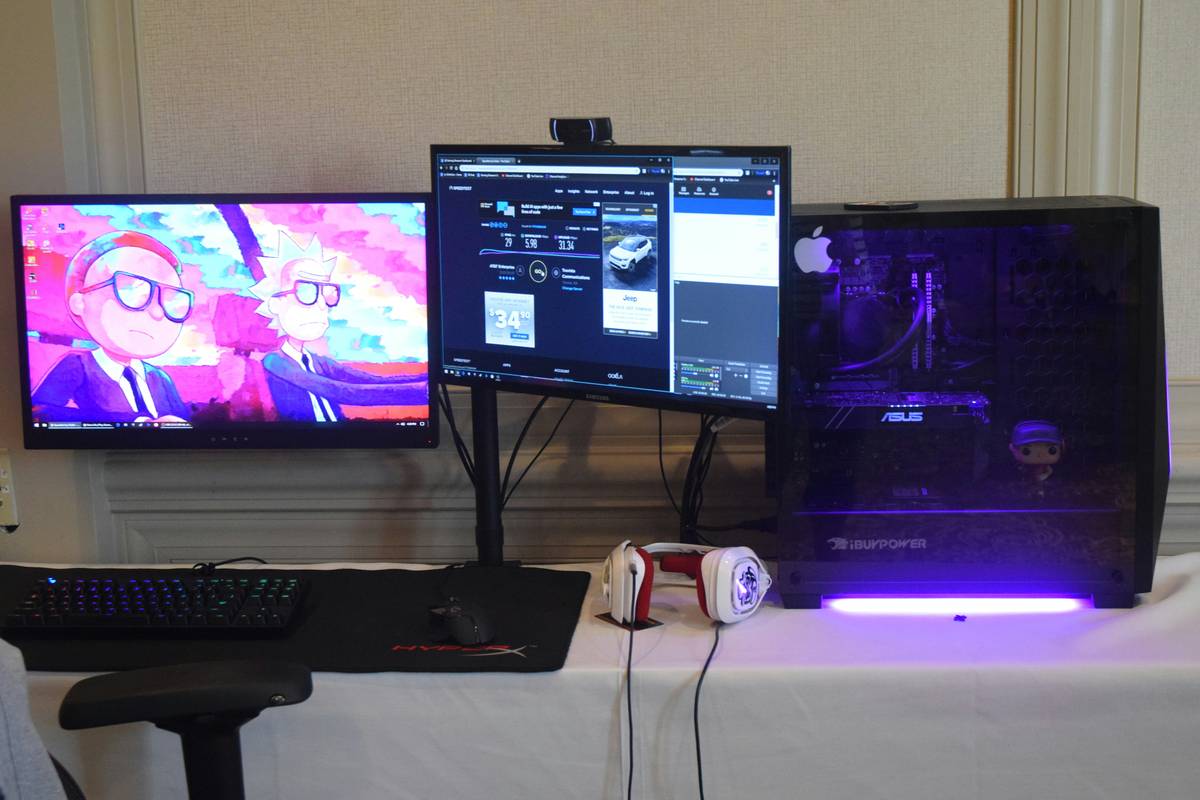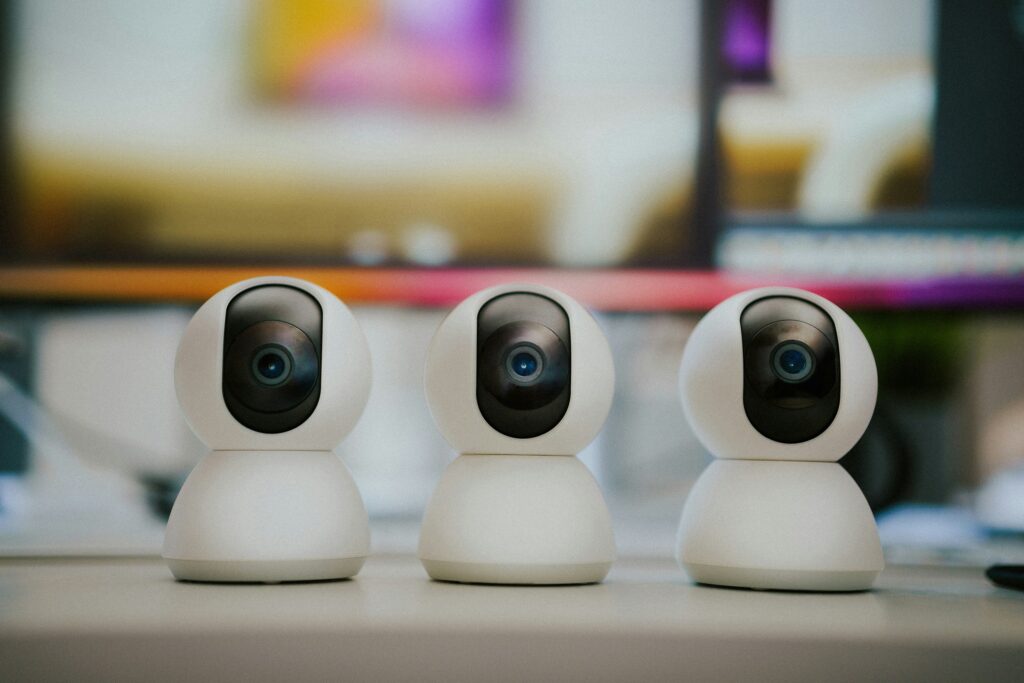Ever found yourself streaming with choppy audio or pixelated video and wondering, “What am I missing?” You’re not alone. Let’s decode the tech jungle together.
In this post, we’ll dive into the nitty-gritty of stream gear comparison, so you can make informed decisions about your setup. From budget-friendly picks to studio-grade equipment, we’ve got you covered. You’ll learn how to identify pain points in your current rig, explore step-by-step upgrades, and pick up tips that will leave your viewers saying, “Wow, their stream is chef’s kiss.” Ready? Let’s go.
Table of Contents
- The Problem: Why Poor Stream Gear Kills Your Content
- Step-by-Step Guide: How to Compare Stream Gear Like a Pro
- Top 5 Tips for Choosing the Right Gear
- Real-World Success Stories: Gear That Made a Difference
- FAQs: Answering All Your Burning Questions
Key Takeaways
- Quality matters—but it doesn’t have to break the bank.
- Your audience notices even the smallest details, like audio lag or dim lighting.
- A solid stream gear comparison starts by identifying your specific needs.
- Sometimes, less gear done well beats more gear done poorly.
The Problem: Why Poor Stream Gear Kills Your Content
Imagine spending hours planning, scripting, and rehearsing your stream, only to have it ruined because your microphone sounds like you’re broadcasting from inside a tin can. Oof.
I once tried using my laptop mic during an important gaming session. Spoiler alert: My chat was unimpressed. Comments like “Is that Darth Vader?” flooded in faster than I could mute myself. It wasn’t just embarrassing—it also hurt my growth. People don’t stick around when the experience feels amateurish.

Pro Tip: Investing in the right gear is as crucial as having good content. Without the proper tools, even the most engaging personality risks being overshadowed by technical flaws.
Step-by-Step Guide: How to Compare Stream Gear Like a Pro
Optimist You: “There are SO many great options!”
Grumpy You: “Ugh, fine—but comparing stream gear shouldn’t feel like solving a Rubik’s Cube blindfolded.”
Here’s how to simplify your decision-making:
Step 1: Assess Your Current Setup
Take inventory of what you already own. Make note of any weak points—audio quality, video resolution, lag, etc.
Step 2: Set a Budget Range
Be honest about how much you’re willing to spend. There are fantastic options at every price point, but overextending financially can create unnecessary stress.
Step 3: Match Gear to Your Needs
Are you focusing on gameplay? Then prioritize capture cards and high-quality cameras. If podcasts are your thing, invest heavily in microphones and acoustic treatment.
Step 4: Read Reviews AND Watch Testimonials
Don’t believe everything you read online (yes, we know the irony). Combine written reviews with video demos to get a fuller picture of performance.
Step 5: Try Before You Buy (When Possible)
If retailers offer demo units or rental programs, take advantage of them. Hands-on testing helps you avoid buyer’s remorse.

Top 5 Tips for Choosing the Right Gear
- Prioritize reliability over flashy features.
- Look for compatibility between devices—no one wants mismatched software headaches.
- Avoid impulse buys; sleep on big purchases before pulling the trigger.
- Consider future-proofing—if the next-gen model is months away, wait!
- Remember lighting: A cheap ring light can transform your feed overnight.
Terrrible Tip Alert: Don’t fall for gimmicky accessories promising “instant pro status.” Remember my #VeganRecipes bacon fail? Yeah, don’t be that guy.
Real-World Success Stories: Gear That Made a Difference
Let’s talk about Sarah (@PixelPioneer), who went from struggling YouTuber to Twitch darling after upgrading her gear. Here’s her transformation:
- Before: Web camera + built-in mic = low engagement.
- After: Elgato HD60 S+ capture card + Rode NT-USB mic = doubled follower count in two months!

Her secret? Not jumping straight to top-tier gear but strategically increasing investment based on audience feedback and measurable results.
FAQs: Answering All Your Burning Questions
Q: What’s the best starter microphone under $100?
A: The Blue Yeti USB microphone remains a favorite thanks to its versatility and simplicity.
Q: Do I really need a capture card?
A: Absolutely—if you want smooth gameplay footage without crashes.
Q: Should I upgrade my PC first?
A: If your CPU struggles with streaming, yes, but otherwise focus on peripherals like webcams and mics.
Conclusion
Choosing the right streaming gear isn’t rocket science—but it does require smart stream gear comparison. Start small, test thoroughly, and upgrade strategically. With these strategies, you’ll soon be cooking up streams that captivate audiences worldwide.
And remember: Like a Tamagotchi, your SEO game needs daily love. Stay consistent, stay authentic, and keep those views rolling in.
Now excuse me while I sign off with a little haiku:
Pixels dance like stars, Audio flows crystal-clear— Stream dreams come alive.


